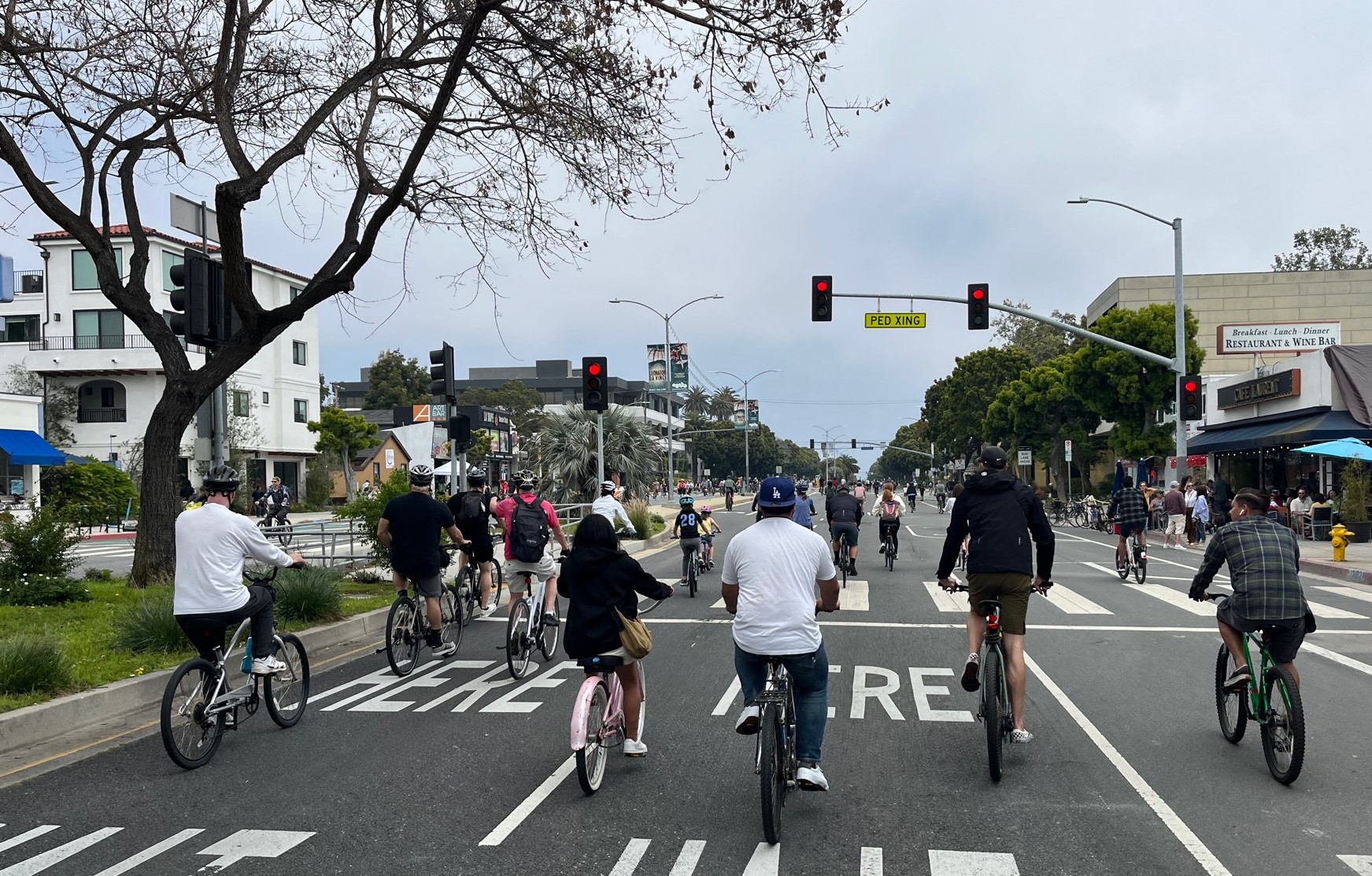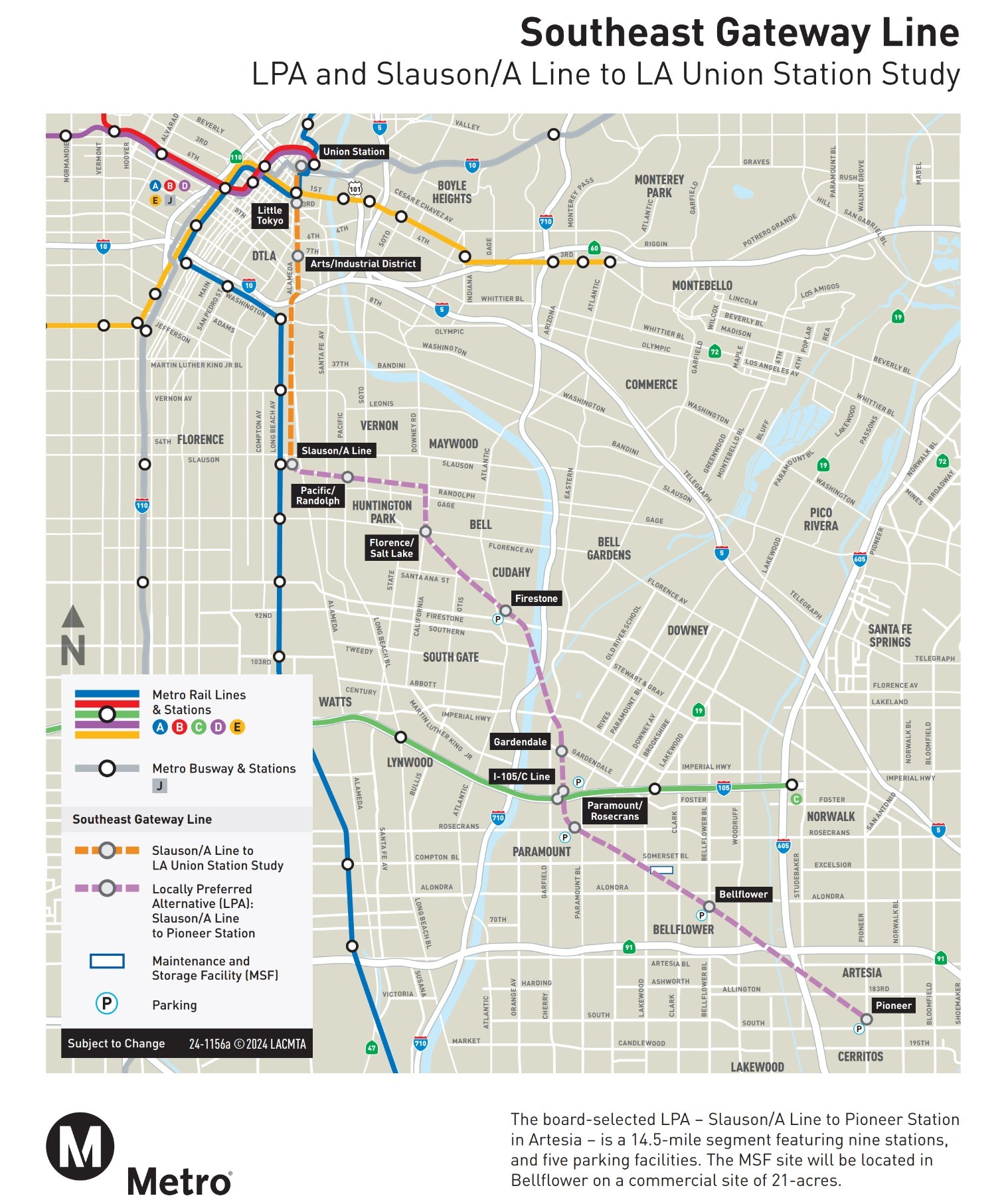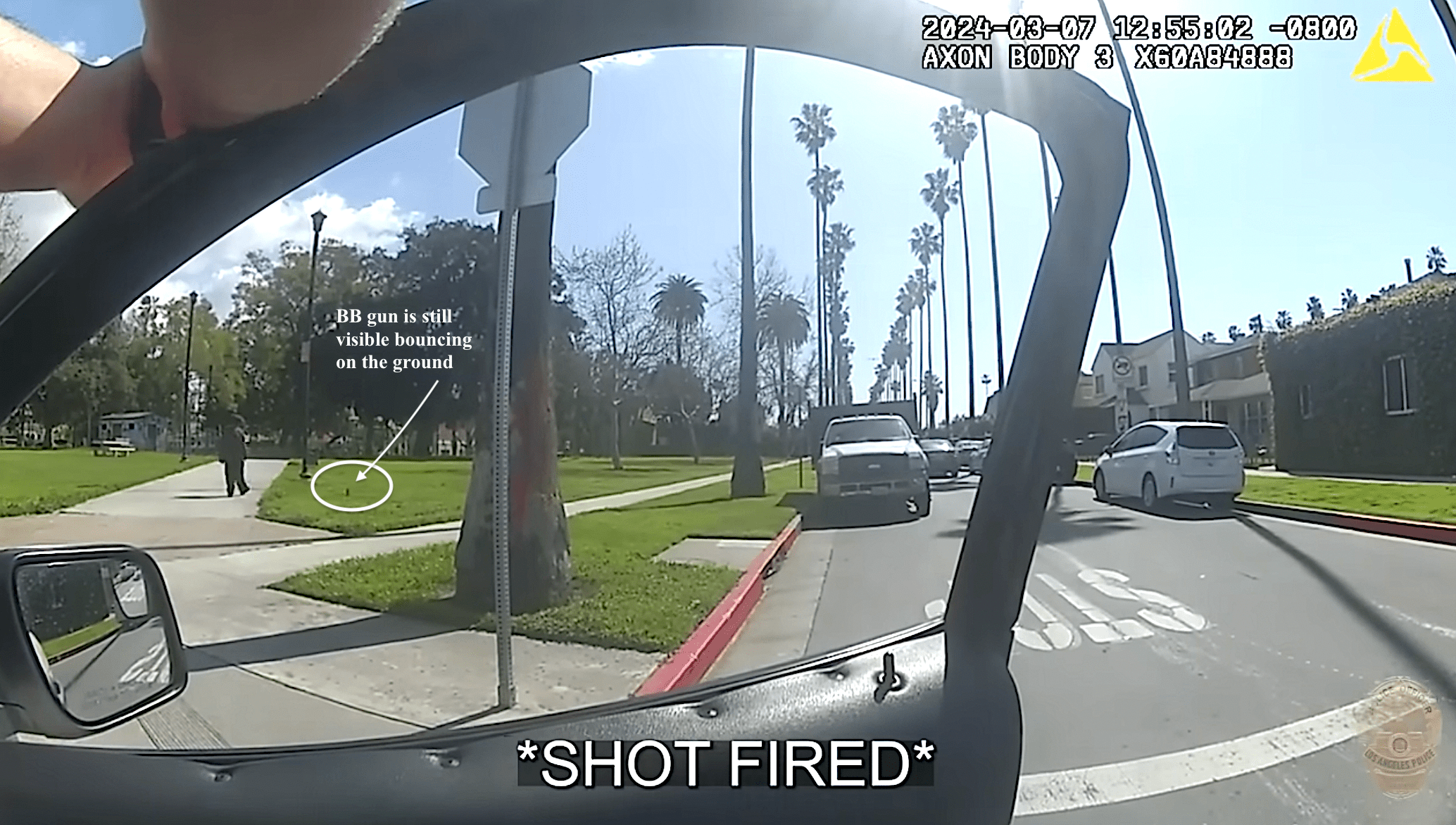Streetsblog Reader Interview II: Claire Bowin Talks Parking, Livable Places, Transportation Noise
8:53 AM PST on February 1, 2012
Yesterday, Streetsblog published the first of a two part interview with L.A. City Planning Department's Claire Bowin. Bowin has had her finger in a lot of pots in her tenure with Planning, working on the Bike Plan, the Mobility Element, the Housing Plan, the Cornfield Arroyo-Seco Plan, and Bike Plan Implementation.
As you'll see below, she also has some strong feelings on car parking minimums.
Read the first part of the interview by clicking here, and the second part by reading on.
A lot of planning and development decisions hinge on parking regulations, set by the Planning Department. Critics, including UCLA's Donald Shoup, have shown these parking minimums to be inconsistent, unhelpful, and biased toward suburban auto-centric development. What's in store for the future of parking in Los Angeles?
Ah, parking, one of my favorite topics. If you build it they will come- this has certainly been true with parking and cars. Communities, fearful of density and an influx of people and cars, are often the first to demand more parking- not realizing, of course, the self- fulfilling prophecy they've put in motion. But, now that we've got all these cars and parking lots how can we wean people off of them?
Fortunately, there's a healthy number of Angelenos who have already reduced their driving habits and car addiction- 55.3% of households here own one or no cars! I love that statistic. It defies every assumption we have about ourselves. And it's statistics like this that help us make the case to communities and politicians that perhaps we can reduce the amount of parking - especially in areas with high concentrations of land uses, transit, and low car ownership.
To further bolster the argument, we hope, we're currently evaluating the parking utilization rates around six transit stations around the city. We don't have the report back yet from the consultant but we know, from similar studies that were completed in recent years for the Downtown and Little Tokyo areas, that there is typically more than ample parking. There is often the perception that there is not enough parking because information about the location of public parking may not be easily visible, or people prefer to find on-street parking that is less plentiful but often cheaper. Too there may be plentiful parking available in private lots that are not available to the public. One strategy might be to work with property owners to make private spaces available to the public during the hours when demand for the private parking is light.
Once the parking research is completed this spring it should help us re-define parking standards in many of our TOD areas. Just as all TOD areas are not the same we don't imagine that we'll adopt a singular TOD parking policy. Instead, we expect that we’ll establish standards that are tailored to each TOD and reflect the unique mix and intensity of its land uses as well as the frequency and density of transit and other modal options.
Does the city ever look at how much it costs to maintain all the streets, sewers, lighting, sidewalks, and other pieces of public property when making planning decisions? Do we try to plan city blocks that pay for themselves or are we dependent on outside funding, and let future generations deal with maintenance obligations?
I can’t admit that I’m well versed in all the intricacies of public works maintenance practices but given the much publicized deferred maintenance of our city streets, not to mention the number of street tree stumps that languish in our parkways (I’ve heard sometimes upward of 20 years!) that we have a funding problem. As I mentioned earlier I think identifying and implementing a capital and maintenance fund is critical in order for the city to fully implement the Mobility Plan. If you have ideas on how and/or where we should obtain the funding (increased gas taxes, property taxes, developer fees etc.) and what types of things we should spend the funding on, please visit ideas.la2b.org and/or attend the next Think Labs on February 25th and March 3rd.
LA has had it's civic plaza and squares, and it's quaint shopping streets of the 1890's and early 20th century ruined by an overemphasis on moving cars. What is being done to give back the civic space that was taken? Is this a priority with anyone in City Hall? Do we measure, or even care, about the types of free interactions people have on the streets of LA - if not, why not?
Public space is most definitely a priority and it's, as I highlighted in a previous answer, something that we're definitely looking to facilitate as we develop and then implement the Mobility Element. In the meanwhile our Planning Commission President , Bill Roschen, and Simon Pastucha with our Urban Design Studio have been working with Streets for People to look at potential pocket parks that can be carved out of underutilized or remnant street width (similar to what was done in NYC).
How hard would it be to have noise from traffic become a major cause worth caring about in the Planning Department (or any department) in LA?
Traffic noise is certainly an unfortunate by-product of traffic. I was reminded of the impact of traffic noise when visiting NYC last spring. There was still plenty of traffic noise but the city was noticeably quieter thanks to a recent ordinance that banned non-emergency use of vehicle horns. And I can’t tell you how much nicer it was! Even the New Yorkers seemed happier than we typically give them credit for. But I digress, while I agree that walking or bicycling alongside of traffic, is far from pleasant I'd suggest that we focus our energies on providing safe and efficient alternatives to the automobile, which will them translate into less cars and less noise - well, that and perhaps we should also hope electric cars get cheaper and thus more prevalent so that whatever traffic does remain in our “Los Angeles of the Future” at least it will be quiet and won’t produce emissions. Then we’ll have clean air and quiet streets to boot!
Readers: Tell us about your background before coming to City Planning. You worked for Livable Places – you were once one of us - what was your proudest accomplishment there?
Bowin: While at Livable Places I had the wonderful opportunity of working on Olive Court, a 50+ unit affordable homeownership community located one block from the Pacific Coast Highway/Long Beach Boulevard Blue Line Station. The 1.5 acre site which is located directly on Long Beach Boulevard was not, at the time we purchased the property, zoned for housing. The community immediately behind the property was low-density residential and while I often argue that all development around a transit station doesn’t need to be housing it was a good solution here. I am pleased by many aspects of the project, particularly the outdoor community spaces that were designed as key features in the project. The architecture and landscape design teams, which were led by Eric Naslund and Walter Hood respectively, did a beautiful job creating a series of interlocking community spaces. Instead of allocating separate play areas and traditional climbing equipment for young children, the landscape was designed to encourage creative play, gardening, reading, and conversation.
Stay in touch
Sign up for our free newsletter
More from Streetsblog Los Angeles
This Week In Livable Streets
Active Streets Mission-to-Mission, LAPD reports on its use of force in 2023, Pasadena Transit plans, Metro subway construction, and more
Eyes on the Street: Santa Monica Connection from E Line Bike Path to Downtown Is Almost Complete
“Always be closing gaps in your bikeway network.”
CicLAvia Opens Venice Boulevard – Open Thread
CicLAvia opened six miles of Venice Boulevard - from Culver City Station to Venice Beach
LAPD shoots, strikes unarmed unhoused man as he walks away from them at Chesterfield Square Park
The newly released briefing video depicts Robles as non-compliant and claims officer Gomez-Magallanes shot him for pointing a weapon at officers, but body cam footage shows Gomez-Magallanes continued to fire at - and ultimately hit - Robles after he turned away and tossed the BB gun aside.





